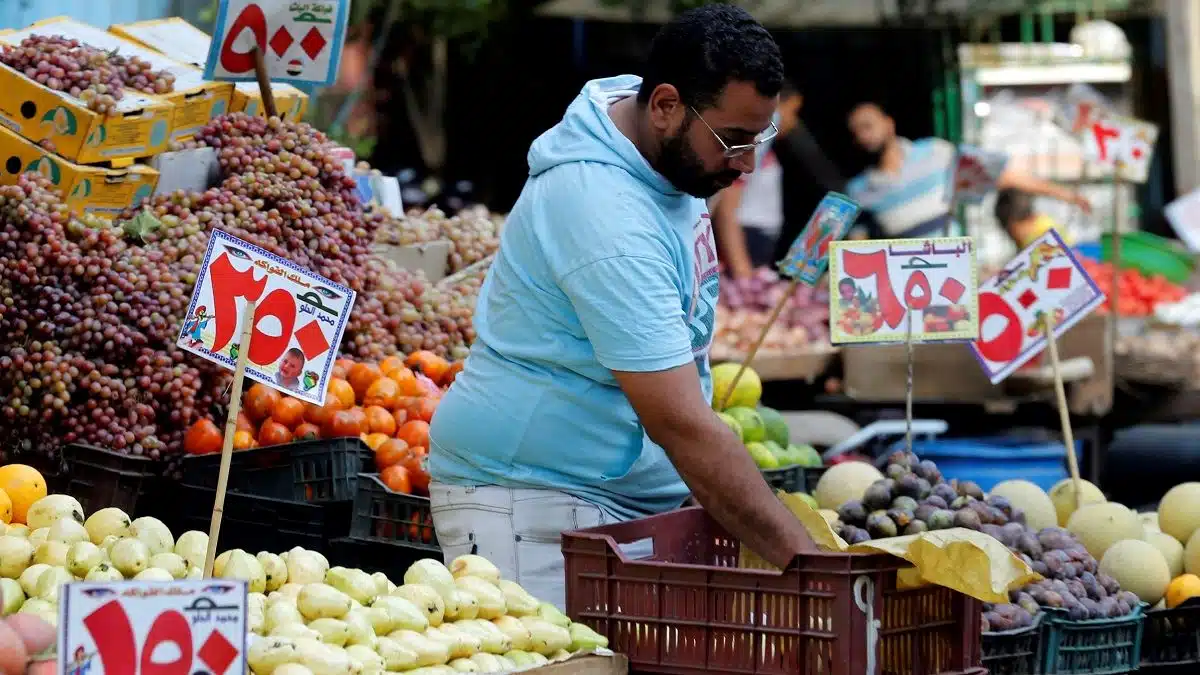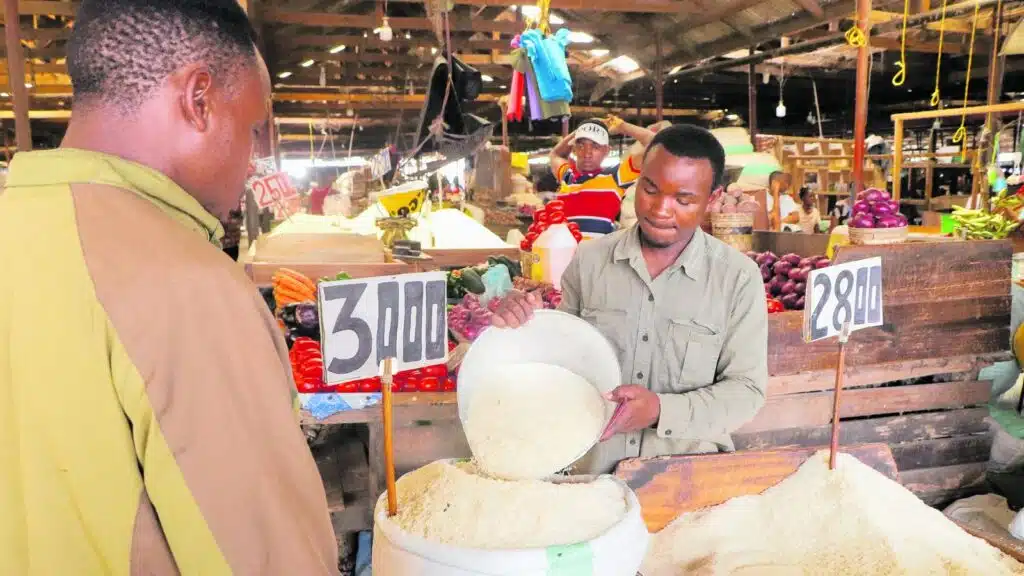South Africa’s manufacturing sector suffered a sharp year-on-year contraction of 6.3% in April 2025, the steepest decline in over a year and the sixth consecutive month of negative growth, according to data released by Statistics South Africa on Tuesday.
The decline affected nearly all major industrial segments.
The food and beverages sector recorded a 7.6% decline in output, while production in basic iron and steel, non-ferrous metals, and metal products fell by 6.3%.
Automotive industry, a key export driver, saw production plunge by 13.0%, marking one of its worst performances in recent years. The petroleum, chemical, rubber and plastics industry also posted a 4.7% decline.
Automotive industry, a key export driver, saw production plunge by 13.0%, marking one of its worst performances in recent years. The petroleum, chemical, rubber and plastics industry also posted a 4.7% decline.
Despite the dismal year-on-year figures, manufacturing output rose by 1.9% month-on-month in April, the first positive monthly movement since January and the largest gain in a year. This followed a steep 2.5% fall in March.
On a quarterly basis, industrial production contracted by 1.4% in the three months leading up to April, reinforcing concerns about sustained weakness in South Africa’s manufacturing base.
A warning signal for Investors
The ongoing downturn highlights the fragile state of South Africa’s industrial economy, raising concerns for investors and business leaders alike.
In March 2025, the Absa Purchasing Managers’ Index (PMI) rose to 48.7, its highest level since October 2024, but still below the critical 50-point threshold that separates expansion from contraction.
Since then, the PMI has deteriorated, falling to 44.7 in April and 43.1 in May, its lowest reading since the pandemic-induced lows of 2020.
Forecasts suggest the index will likely remain in the low-to-mid 40s through mid-2025, reflecting persistently weak factory activity.
The broader economy paints a similarly weakening picture.
South Africa’s GDP slowed to just 0.1% in Q1 2025, down from 0.4% in Q1 2024, with the mining and manufacturing sectors dragging growth by 0.4 percentage points.
Employment in the sector remains a major concern. South Africa has long battled structural joblessness, with Bloomberg reporting in 2021 that the country had the highest unemployment rate among 82 nations surveyed.
Several systemic challenges continue to weigh on South African manufacturers.
This year, South Africa returned to power outages after ten months of stability, with Stage 3 load-shedding cutting around 3,000 MW due to technical failures. The disruption drove factory capacity below 50% in some sectors and contributed sharply to April’s sharp output decline.
Transnet, the state-owned logistics operator, is facing its own crisis. With $7.5 billion in debt as of March 2025, the utility has struggled with missed freight targets, vandalism, theft, and years of underinvestment.
The resulting inefficiencies have increased logistics costs and caused severe delays in transporting both raw materials and finished goods, further constraining manufacturing output and export performance.










